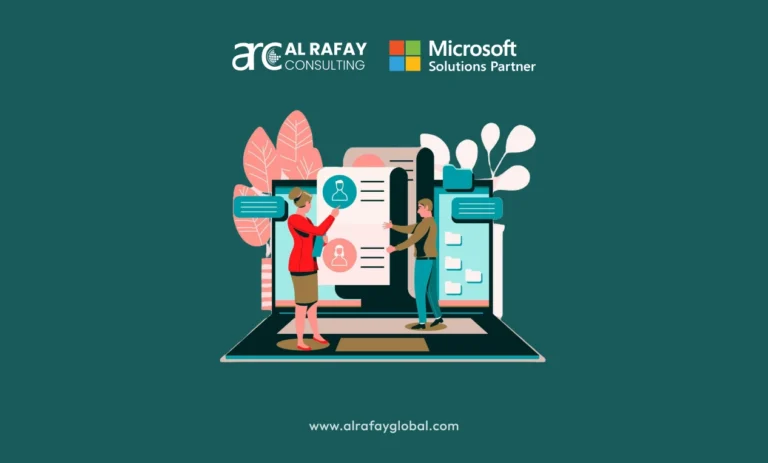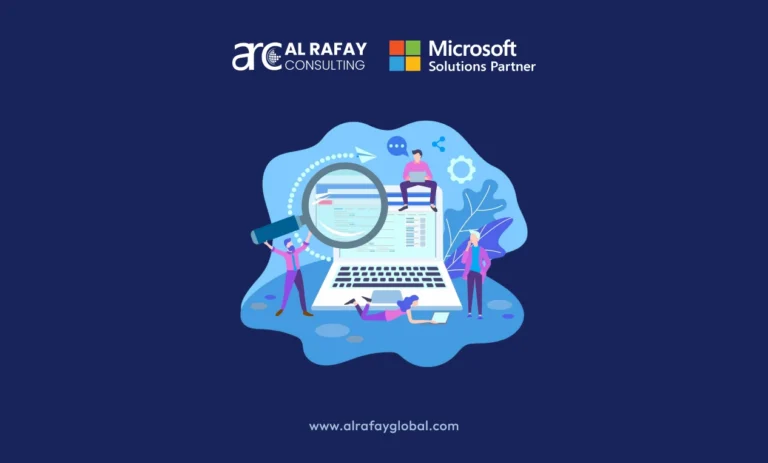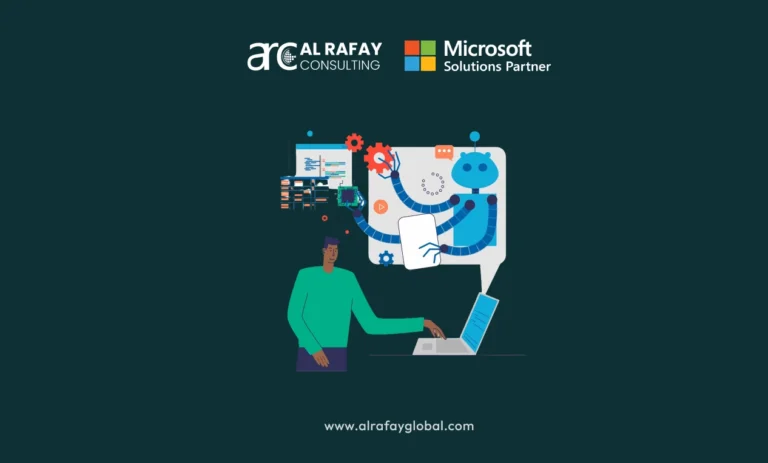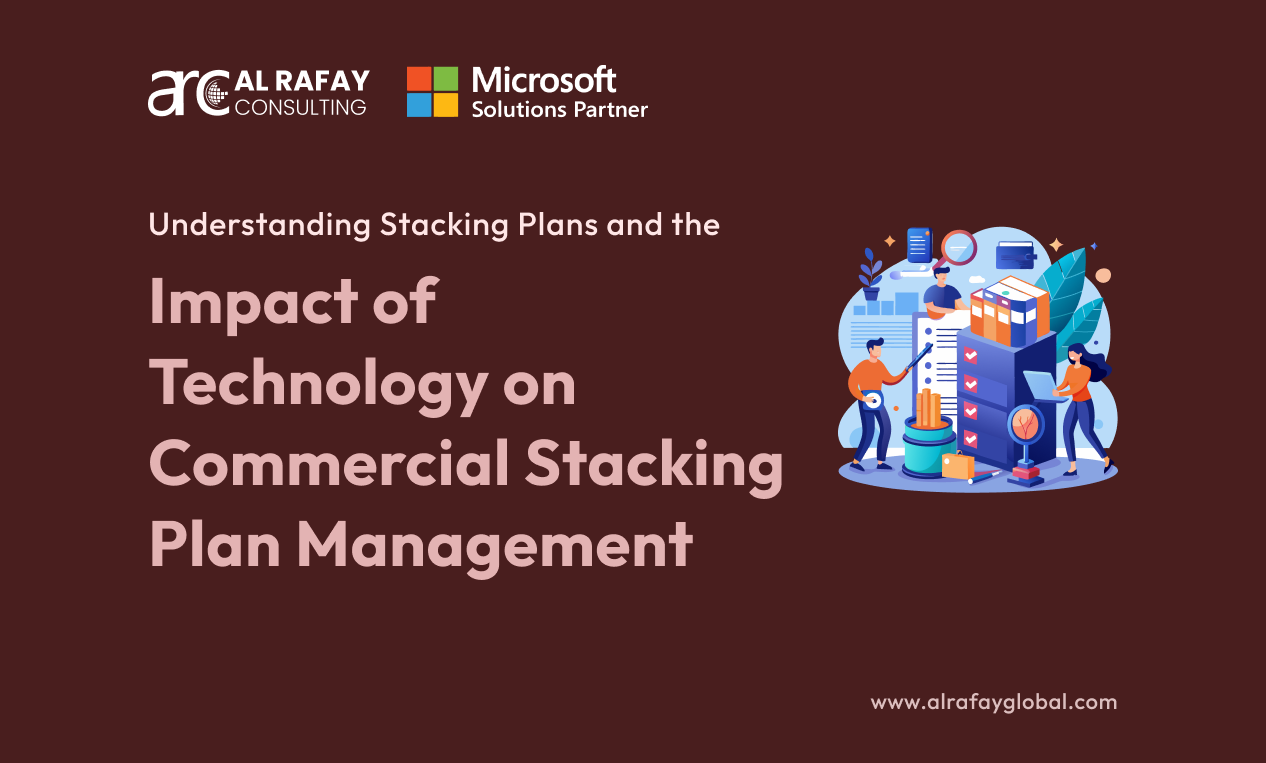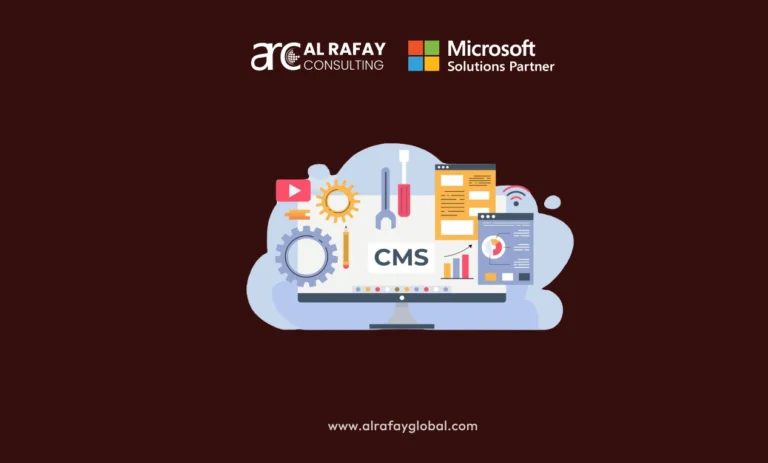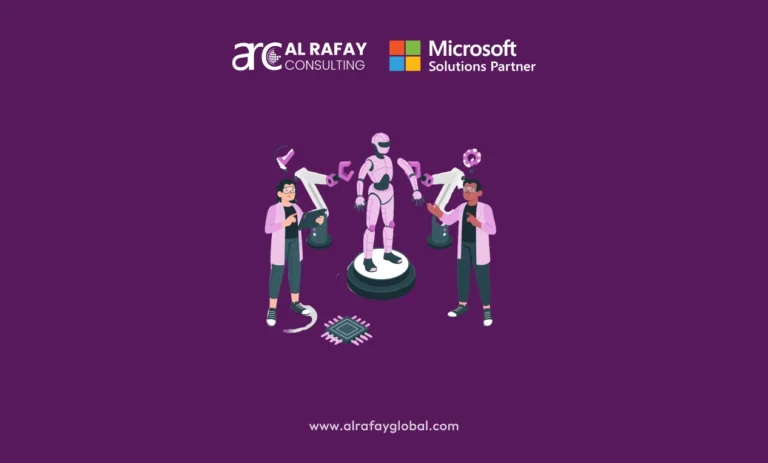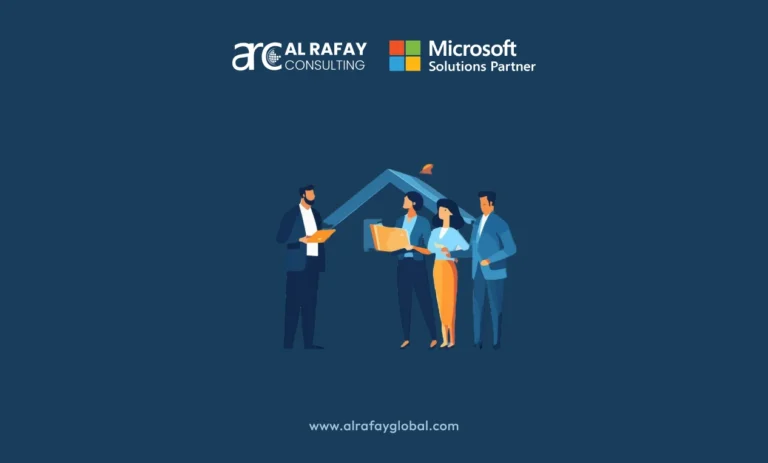With the real estate market growing faster than ever before, property managers and owners are in need of advanced software and solutions that can handle the increasing complexity of the work. Among the most important factors in this domain is effective space management which is key to driving success. However, this sounds easy in words and in reality, managing commercial real estate space and tenants is extremely complex, especially on a large scale.
Stacking plans are an effective solution for solving these issues. Stacking plans are essential tools for commercial real estate professionals, especially those who deal with multifamily, office, retail, or mixed-use properties. However, these tools also have seen their fair share of evolution and they weren’t always efficient. Stacking plans were once solely based on manual diagrams that outlined the layout of leased space within a building.
However, the advancement of technology has revolutionized the real estate stacking plans, and now with the digital transformation they provide a visual representation of the occupancy, vacancy, lease terms, tenant mix, and other relevant information of a building or a portfolio of buildings.
In this blog, we will discuss traditional stacking plan management, how technology has impacted this software, some key factors of the best real estate stacking plan solutions, and much more. So, without wasting any more time on introductions, let’s get started.
Traditional Stacking Plan Management
Traditionally, stacking plans were created and managed manually, using tools such as Excel spreadsheets, PowerPoint slides, or paper drawings. These methods had several limitations and drawbacks, such as:
- Time-consuming: Creating and updating stacking plans manually was a tedious and time-consuming process, especially for large or complex properties. It required a lot of data entry, formatting, and editing, which could take hours or even days to complete.
- Prone To Errors: Not only this, but the creation of these plans was also susceptible to human errors, such as typos, miscalculations, or outdated information. These errors could lead to inaccurate or inconsistent stacking plans, which could affect the decision-making and performance of commercial real estate professionals.
- Limited Scalability: Another issue with these outdated methods was that the plans were not scalable or were very difficult to scale up. This is because they could not handle the increased volume and complexity of data and information. They also lacked the flexibility and functionality to adapt to the changing needs and preferences of the users and the market.
- Time-consuming: Creating and updating stacking plans manually was a tedious and time-consuming process, especially for large or complex properties. It required a lot of data entry, formatting, and editing, which could take hours or even days to complete.
Modernization of Stacking Plans Through Technology
Technology has revolutionized the way stacking plans are created and managed, by providing solutions that are more efficient, accurate, scalable, and accessible than the traditional methods. Technology-driven stacking management involves using software applications, web platforms, or mobile devices to automate, streamline, and enhance the planning process.
Let’s discuss some ways in which modern technology has improved real estate stacking solutions.
- Increased Efficiency: By automating the process of data collection, processing, and updating the stacking plans, new tech has significantly improved performance and efficiency. Additionally, pre-built templates and other tools are also available now which have significantly simplified and sped up the process of creation and presentation of the stacking plans.
- More Accuracy: Modern tools and software have greatly reduced errors and inconsistencies in data, as they can validate, verify, and cross-reference the data and information that the software is accessing. It can also help ensure the accuracy and currency of the stacking plans, by syncing with the data source and providing real-time updates.
- High Scalability: Technology can help handle large and complex properties, by using cloud computing, big data, and other technologies. It can also help adapt to the changing needs and preferences of the users and the market, by offering customization, personalization, and optimization options.
- Real-time Data Access: One of the greatest aspects in which tech modernization has impacted real estate stacking software is the integration of real-time property data. Technology can help provide easy and convenient access to the stacking plans, by using web-based or mobile-based platforms. It can also help facilitate collaboration and communication among the stakeholders, by enabling sharing, commenting, and feedback features.
- Increased Efficiency: By automating the process of data collection, processing, and updating the stacking plans, new tech has significantly improved performance and efficiency. Additionally, pre-built templates and other tools are also available now which have significantly simplified and sped up the process of creation and presentation of the stacking plans.
PropertyARC: Key Features and Functionality of Stacking Plan Software
The real estate stacking plan software comes with a very diverse range of features, and often these software and solutions are customized for each user or client. For instance, let’s take PropertARC as an example, which is a highly sophisticated real estate stacking plans and REIT solution. Let’s dig a little deeper and discuss the main features that it provides for property stacking.
Visualization tools
Visualization tools are tools that help create and display the graphical representation of the stacking plans, such as the floor plans, the color codes, the legends, etc. They can help provide a user-friendly and intuitive way to view and understand the data and information of the stacking plans, as well as highlight the key insights and trends.
Floor plan view
Floor plan view is a tool that shows the layout and configuration of each floor of a building, along with the occupancy, vacancy, lease terms, tenant mix, and other relevant information of each unit. It can help provide a detailed and comprehensive view of the stacking plan, as well as enable interactivity and customization.
Building view
Building view is a tool that shows the overview and summary of the entire building or a portfolio of buildings, along with the occupancy, vacancy, lease terms, tenant mix, and other relevant information of each floor. It can help provide a holistic and comparative view of the stacking plan, as well as enable zooming and filtering.
Integration capabilities
Like most other stacking plans software PropertyARC can be integrated with a lot of different data sources and applications. It allows users to connect and sync the stacking plan software with other software applications, web platforms, or data sources that are relevant to the stacking plan process, such as CRM, ERP, BMS, IoT, etc. They can help provide data accuracy and currency to the stacking plan process, as well as enable data access and sharing.
Now that we have a good understanding of key features that every good real estate stacking software must have, let’s continue discussing PropertyARC and see what the different types of dashboards that users can create to ease up their property management process are.
- Tenant Overview: Tenant overview is one of the capabilities provided via the stacking plans interface. You may view and manage your tenant overview, which displays basic information and status for your tenants. You may see the tenant’s name, lease start and end dates, rent amount, square footage, and other information.
- Lease Term Tracking: This dashboard of the software provides property managers the ability to monitor and control the tracking of your lease terms, providing information on lease duration and expiration You’ll have access to details like the start and end dates of your lease, the remaining term, and more. Additionally, you can check the status of your lease, whether it’s active, expiring, or expired. Furthermore, you can strategize and implement your plans for lease renewal or termination, aiming to optimize your lease terms and conditions.
- Occupancy Analytics: Real estate experts can monitor and evaluate the occupancy metrics, which display the distribution and composition of renters throughout your buildings. They can quickly analyze occupancy and vacancy rates, which will help them manage space more effectively.
- Space Availability: You can examine and manage your space availability using advanced visualizations that display the number and location of available space in your buildings. You may view the floor number, unit number, square footage, rent per square foot, and so on.
- Company Profiles: As the name suggests, this dashboard of PropertyARC can list all of the companies that are housed on the property, allowing managers and property owners to become more familiar with the tenant ecosystem.
- Tenant Overview: Tenant overview is one of the capabilities provided via the stacking plans interface. You may view and manage your tenant overview, which displays basic information and status for your tenants. You may see the tenant’s name, lease start and end dates, rent amount, square footage, and other information.
Wrapping Up
Stacking plans are essential tools for commercial real estate professionals, especially those who deal with multifamily, office, retail, or mixed-use properties. If you are interested in adopting technology-driven solutions for your stacking plan management, you can contact Al Rafay Consulting today and we will be happy to assist you.

